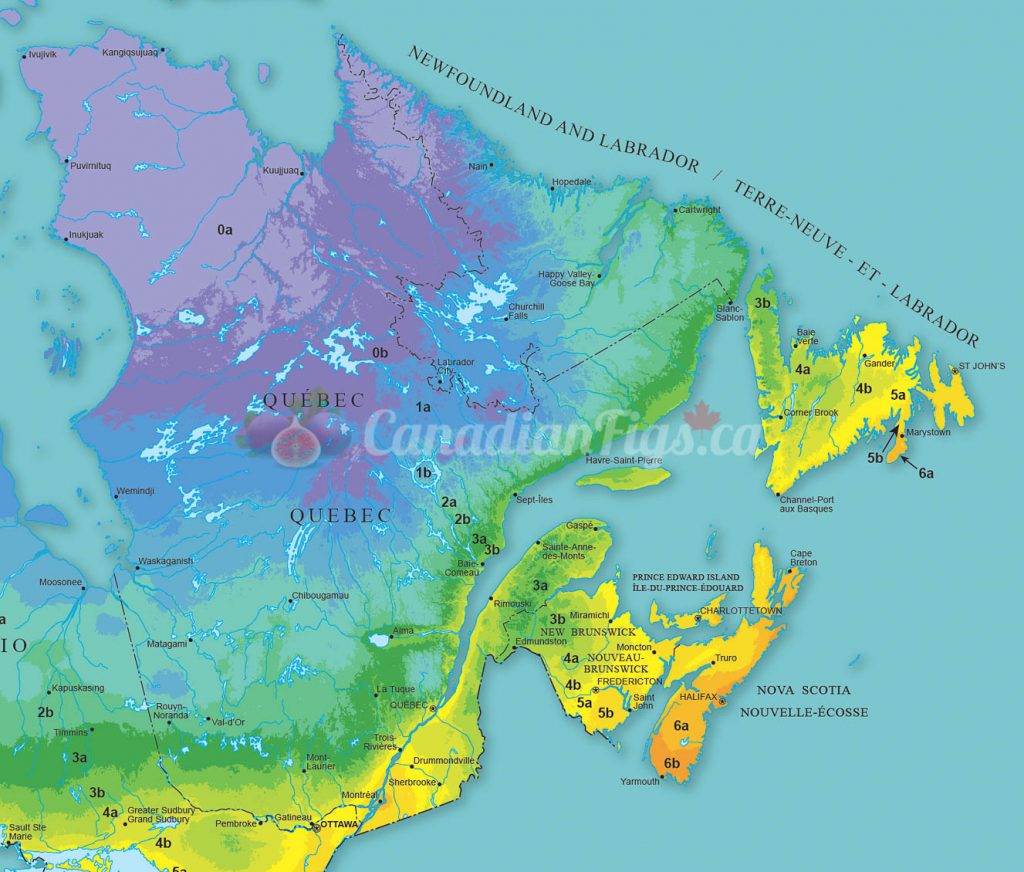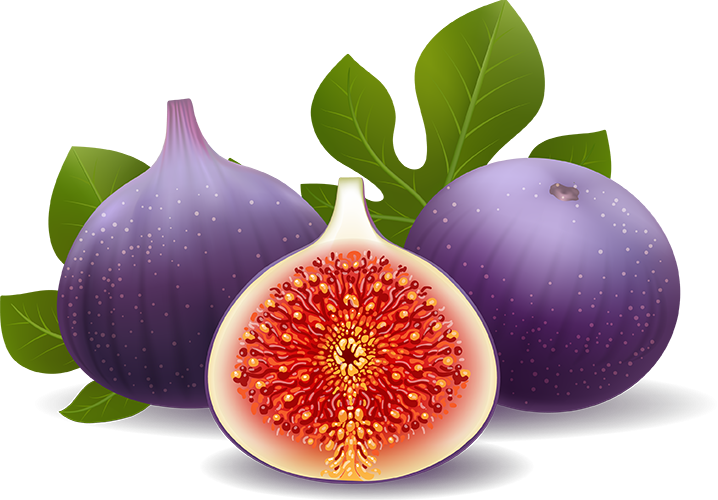Canadian Hardiness Zones
The Canadian Hardiness Zone system is a way of classifying the different climate zones in Canada based on the average minimum winter temperatures in each region. The latest version of the Canadian Hardiness Zone system was published in 2006, and it is based on data from weather stations across the country.
The system is divided into 11 hardiness zones, with Zone 1 being the coldest and Zone 11 being the warmest. Each hardiness zone is further divided into two sub-zones, labeled “a” and “b,” which represent slightly different temperature ranges within each zone.
The hardiness zones are generally determined based on the average minimum winter temperature in each region, and they are used to help gardeners and horticulturists choose plants that are well-suited to the local climate.
Note: The Canadian hardiness zones are not the same as the USDA hardiness zones, which are used in the United States. The Canadian zones are based on more factors than just the minimum winter temperatures, such as the length of the growing season, the summer heat, the snow cover, the rainfall, and the wind. Therefore, some areas in Canada may have a higher or lower hardiness zone than their counterparts in the US, depending on these factors.
Different plants have different temperature tolerances, and selecting plants that are well-suited to the hardiness zone in which they will be grown can help to ensure their success. For example, plants that are native to or well-adapted to a particular hardiness zone are more likely to survive and thrive in that region than plants that are not well-suited to the local climate. By choosing plants that are appropriate for the hardiness zone in which they will be grown, gardeners can help to ensure that their plants have the best chance of surviving and thriving.
To find the hardiness zone for a particular location in Canada, you can use the interactive map provided by the Government of Canada: http://planthardiness.gc.ca/?m=22&lang=en. This map shows the hardiness zones for different parts of the country and can be used to determine which plants are likely to thrive in a particular region.
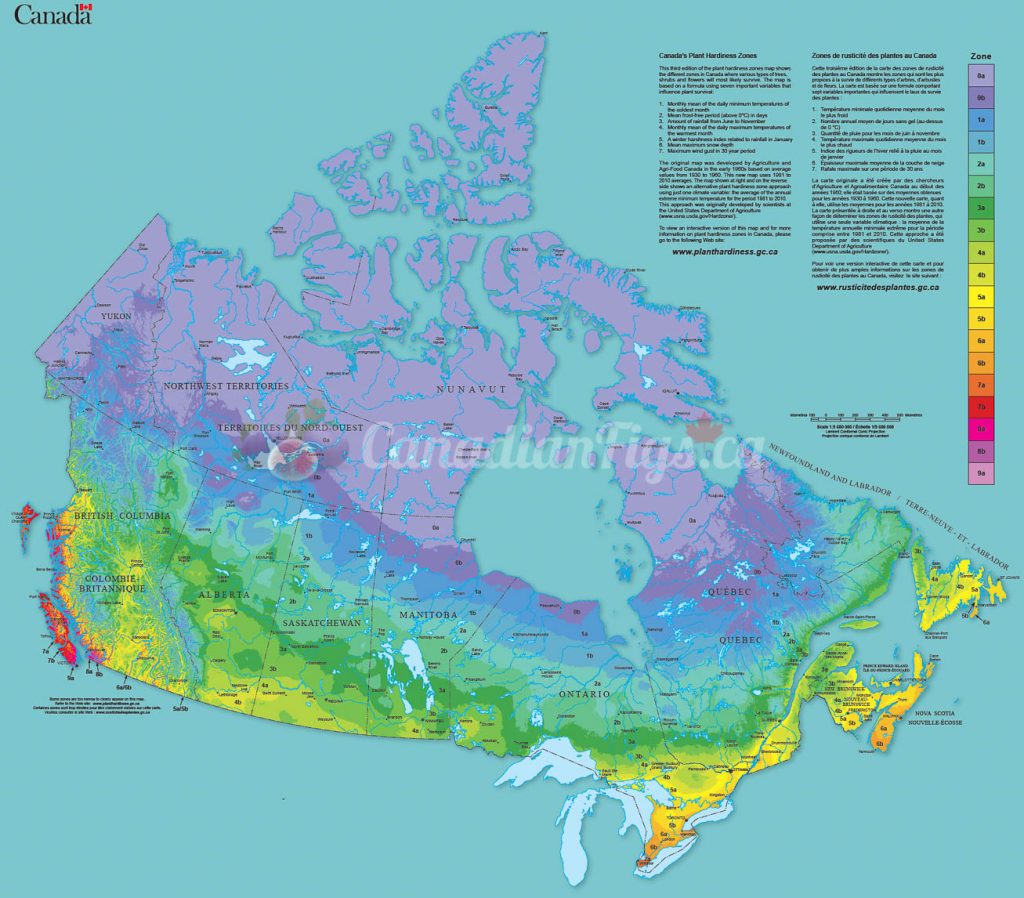
GTA (Greater Toronto Area)
GTA (Greater Toronto Area) is typically located in Hardiness Zone 6a, according to the Canadian Hardiness Zone system. This means that the average minimum winter temperature in Toronto is between -23.3°C (-10°F) and -20.6°C (-5°F).
In general, plants that are hardy to Zone 6 should be able to survive the winter temperatures in Toronto. However, it is important to keep in mind that hardiness zones are only a general guide and that other factors, such as microclimates and soil conditions, can also affect the survival of plants. It is always a good idea to research the specific requirements of the plants you are interested in growing to ensure that they are well-suited to your location.
Canadian Hardiness Zones
West Coast & Midwest Hardiness Zones
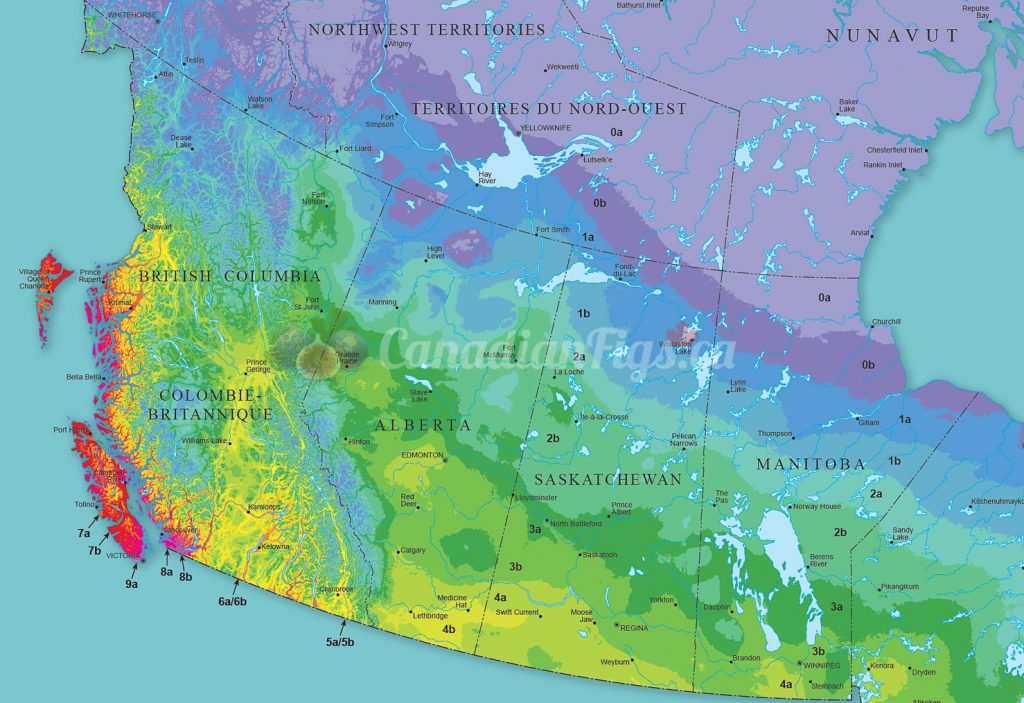
Ontario Hardiness Zones
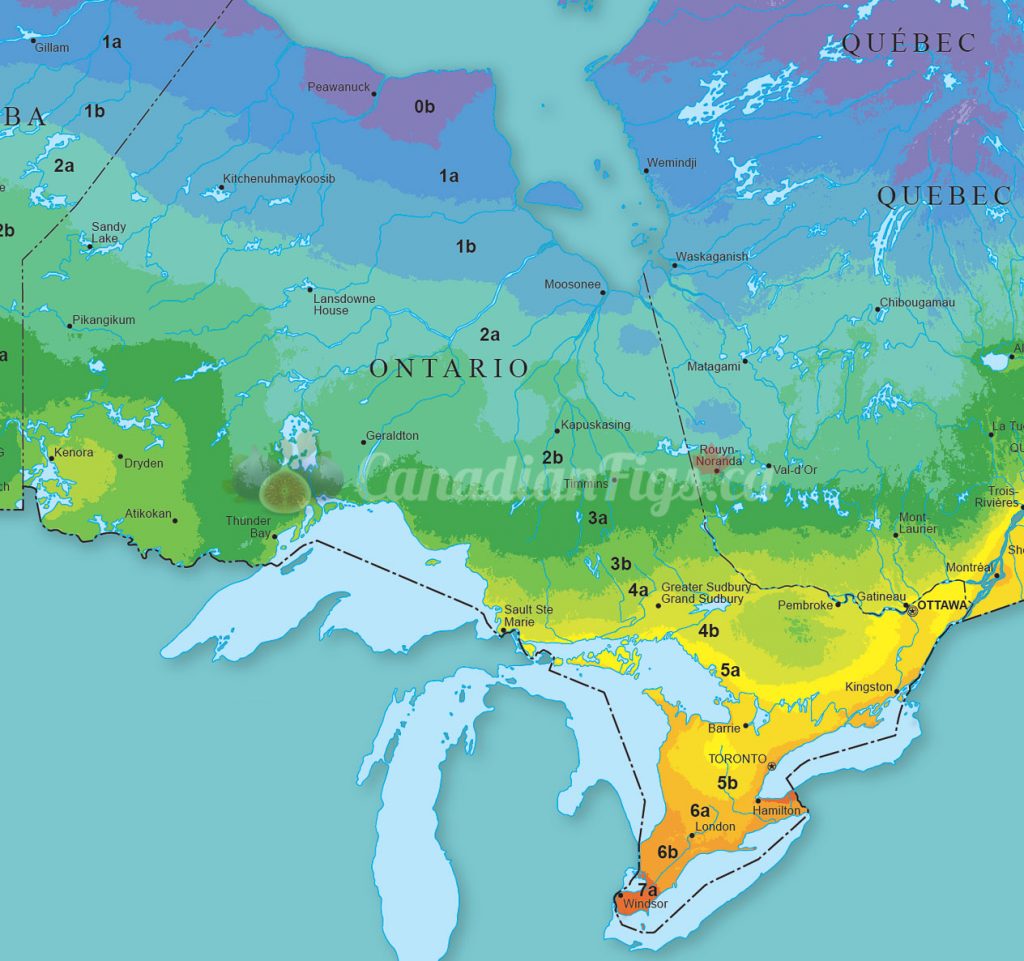
Quebec & East Coast Hardiness Zones
